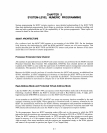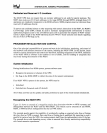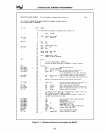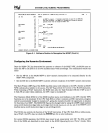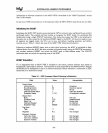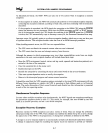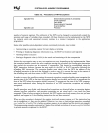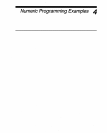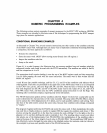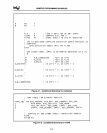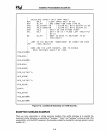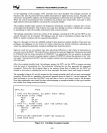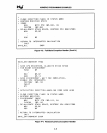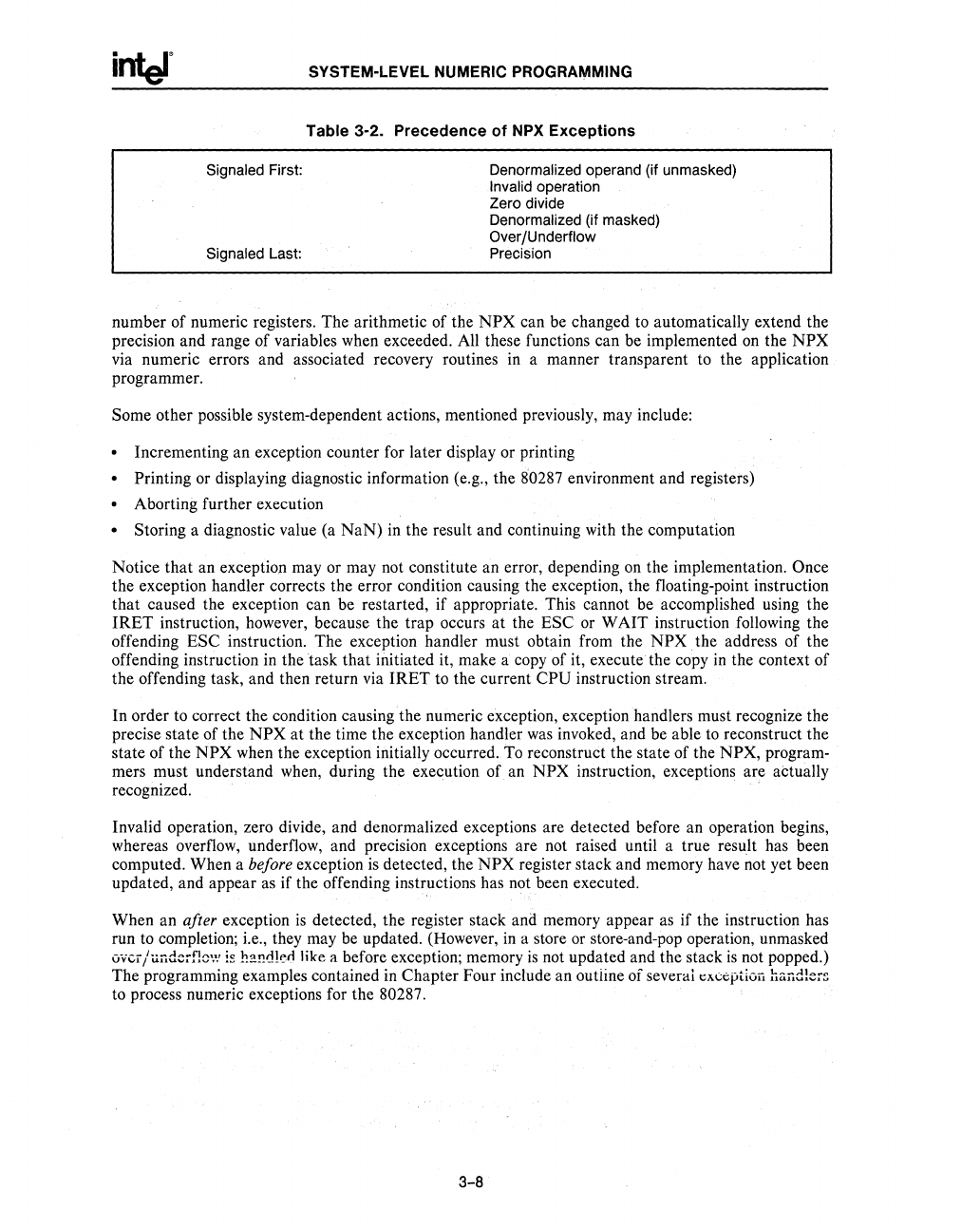
Signaled First:
Signaled Last:
SYSTEM-LEVEL NUMERIC PROGRAMMING
Table
3-2. Precedence of
NPX
Exceptions
Denormalized operand (if unmasked)
Invalid operation
Zero divide
Denormalized (if masked)
Over /U nderflow
Precision
number of numeric registers. The arithmetic of the
NPX
can be changed to automatically extend the
precision and range of variables when exceeded. All these functions can be implemented
on
the
NPX
via numeric errors and associated recovery routines
in
a manner transparent to the application
programmer.
Some other possible system-dependent actions, mentioned previously, may include:
Incrementing an exception counter for later display or printing
Printing or displaying diagnostic information (e.g., the 80287 environment and registers)
• Aborting further execution
Storing a diagnostic value (a
NaN)
in
the result and continuing with the computation
Notice that an exception
mayor
may not constitute an error, depending on the implementation. Once
the exception handler corrects the error condition causing the exception, the floating-point instruction
that caused the exception can be restarted, if appropriate. This cannot be accomplished using the
IRET
instruction, however, because the trap occurs
at
the ESC or WAIT instruction following the
offending ESC instruction. The exception handler must obtain from the
NPX
the address of the
offending instruction in
thetask
that initiated it, make a copy of it, execute the copy
in
the context of
the offending task, and then return via
IRET
to
the current CPU instruction stream.
In order to correct the condition causing the numeric exception, exception handlers must recognize the
precise state of the
NPX
at
the time the exception handler
was
invoked, and be able
to
reconstruct the
state of the
NPX
when the exception initially occurred. To reconstruct the state of the NPX, program-
mers must understand when, during the execution of an
NPX
instruction, exceptions are actually
recognized. .
Invalid operation, zero divide, and denormalized exceptions are detected before an operation begins,
whereas overflow, underflow, and precision exceptions are not raised until a true result has been
computed. When a before exception
is
detected, the
NPX
register stack and memory have
ilOt
yet been
updated, and appear as if the offending instructions has not been executed.
When an after exception
is
detected, the register stack and memory appear as if the instruction has
run to completion; i.e., they may be updated. (However,
in
a store or store-and-pop operation, unmasked
crvci"/uud:.:rfbw
i~
hf!~d!erllike
a before exception; memory
is
not updated and the stack
is
not popped.)
The programming examples contained
in
Chapter Four include an outiine of severai t:lI.(;<";pti0ii
halld!er~
to process numeric exceptions for the 80287.
3-8




